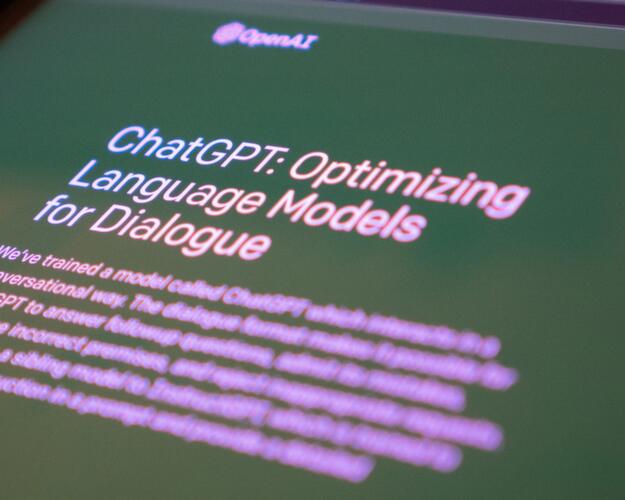
Topic identification for B2B thought leadership
How to find specialist areas where you can lead the discussion
When identifying topics for comms campaigns, a lot of advice points to social listening tools. And these are great for tracking the topics everyone's talking about.
But, by the time everyone's talking about something, senior audiences are looking for the next insight to stay ahead of the game.
We want our clients to be in these spaces, offering thought leadership where their customers have an unmet need for insight.
Don't get me wrong, listening tools have their place. But they have limits. They monitor big datasets, which means a trend only shows up once a critical mass of people are talking about it.
We want to spot the topics that other people miss, and the issues that are just bubbling up. We help our clients lead their bit of the debate, not follow it.
So, we wanted to share our thoughts on how you go beyond the insights from the data tools that all your competitors are using, and carve out a position on the topics where senior audiences really need insight.
1. Find the signal in the noise

Any data expert will tell you that the skill of data is finding the signal in the noise.
There's a lot of noise online. In amongst this, we want to spot topics that are important to the future of our audience's business.
A good place to start is by curating a list of relevant experts, and people with similar job titles to your audience. The big consultancies and universities have dedicated experts who share good insights in most important fields.
Then, monitor their social media, blogs, etc (Feedly is a good tool for managing this) rather than the internet as a whole. If you have social listening tools, identify highly specific phrases to listen for, rather than general terms like 'AI'.
Many of your competitor's campaigns will be built around generalist themes, identified through keywords and hashtags. If you can offer deep insight on emerging opportunities, you can lead the debate, and stand out to the people who matter to you.
This does involve some hands-on research, but the reward is true differentiation.
2. Use real people to guide your topic discovery

Data is not just a point on a spreadsheet, it represents a real world opinion. Digging into what's behind your data points will give you insight into what people really care about.
When developing thought leadership, we advise talking to a small sample of your audience, and asking informed, intelligent questions.
If you don't have the resources for a focus group, your customers and network are a good place to start. If you find consensus about the big unanswered questions, you are probably on to a winner for your thought leadership theme.
Getting meaningful insights
The best 'listening' involves qual and quant data. It goes beyond spotting that 'people are talking about topic X'. It seeks to understand what your audience thinks about topic X, and what they want to know about it.
In our recent report, How to be a thought leader on AI, we combined experts interviews with online research and found AI buyers wanted to know about things like building business cases, eliminating bias, and explainability. These are not the most talked about topics in AI , but they are where AI buyers themselves crave insight.
Use desk research and curated listening to spot topics that others won't, then explore and validate and them with qualitative data (interviews). Whilst everyone else is clamouring for their share of the voice on today's hot topic, you can establish your expertise in the spaces where your customers are looking next.
For more insights like this, sign up to our newsletter.









